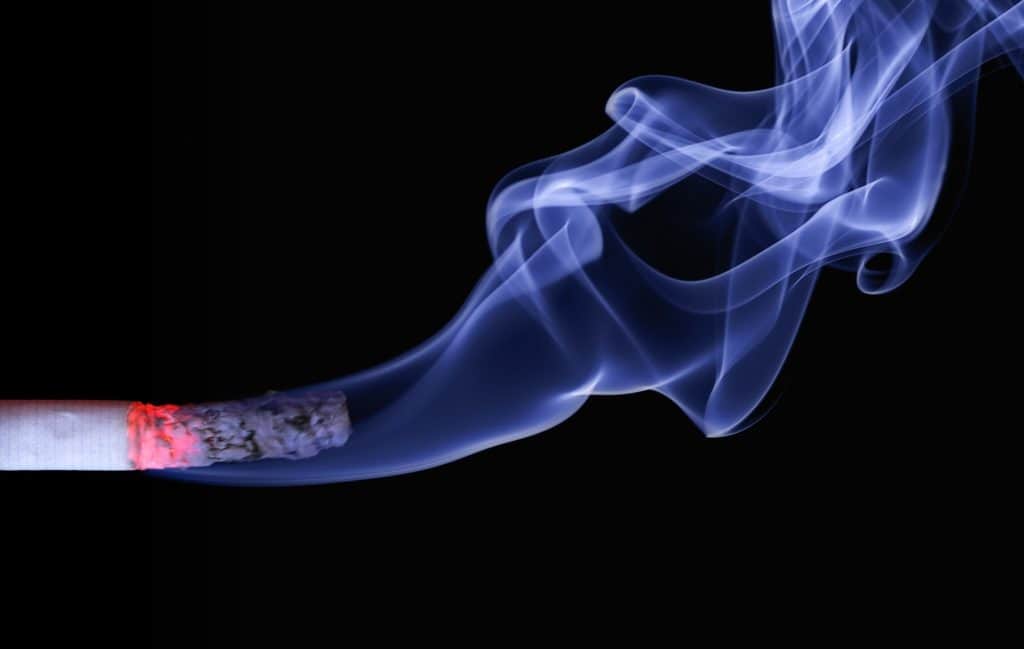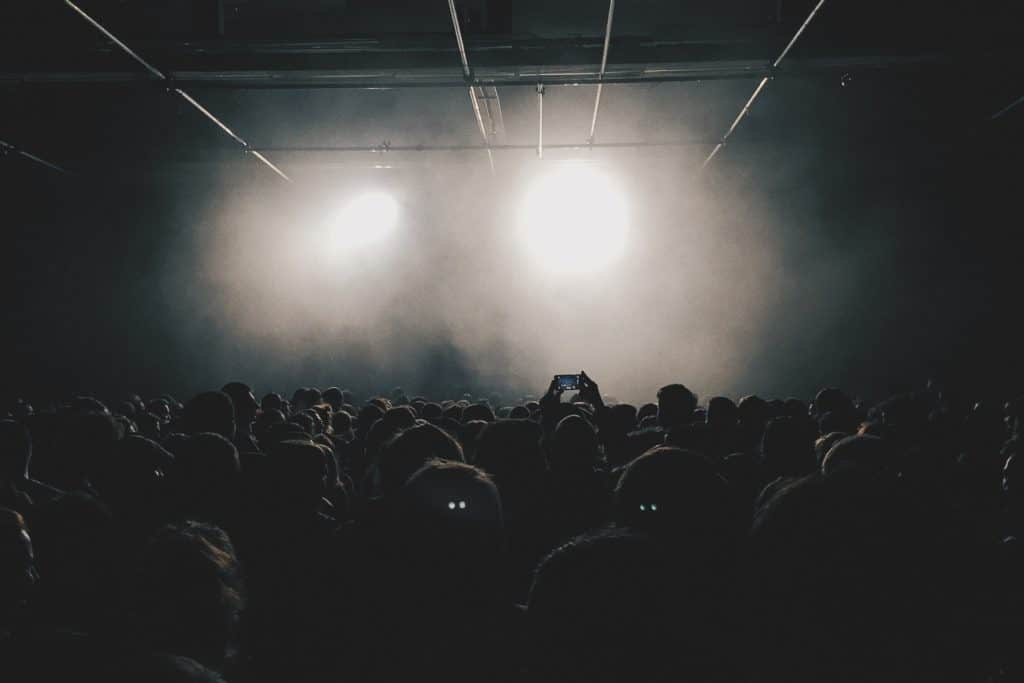
Smoke Detectors: The Dawn of a New Era
Smoke detectors are a part of fire safety that is sewn into the fabric of our daily lives. There is no commercial building or home we enter now that does not have one. According to the National Fire Protection Association, the risk of death in fires that happen in the home are cut in half in homes with a working smoke detector.
Smoke Detectors are an Accidental Fire Safety Invention
The smoke detector was actually created by accident by a Swiss scientist, Walter Jaeger. Jaeger was attempting to invent a device which could detect poison gas. The idea was, the gas would enter the alarm system and alter an electrical current inside, thereby setting off the alarm.

However, when Jaeger tested the device, the gas did not alter the currents or trigger anything. Frustrated, he lit a cigarette and noticed the smoke did register in his device. This was the beginning of what would later become the smoke detectors we see everywhere.
Reinventing the Smoke Detector
Jaeger’s groundwork was improved upon by another Swiss scientist in 1939 by the name of Ernst Meili. Meili worked to improve the technology of Jaeger’s ionization detector (which is what tells your smoke detector to sound off) in order to detect combustible gasses in mines.
What really set Meili’s innovations apart was the creation of a cold-cathode tube. A cathode, in the most basic sense, is part of what allows devices to pass electricity through it. Meili’s cold-cathode tube helped to amplify the signal made by a smoke alarm’s detection mechanism to a point where it triggers the alarm. So basically, Meili helped to invent an alarm that was more sensitive to the particles that triggered it, making it more effective.

Types of Smoke Detectors
People might not realize that there is actually more than one type of smoke detector that we come in contact with frequently. The types commonly found in residential homes are Ionization and Photoelectric detectors.
Ionization Smoke Detectors
Ionization smoke detectors use an extremely small (and entirely harmless, according to the Nuclear Regulatory Commision) dose of radiation to create a flow of electrically charged particles in the device. If smoke enters the detector, it disrupts this flow, and when sensors see this disruption, it triggers the alarm to sound. Ionization detectors are cheaper to build than the other common type, Photoelectric detectors, and are more prevalently found.
However, Ionization detectors have a higher rate of false alarms triggered by non-life threatening events like cooking and using the shower. It should be stated, though, that Ionization smoke alarms do a better job of detecting fires in the flaming stage.
Photoelectric Detectors
A Photoelectric smoke alarm uses a beam of light inside the device to detect smoke. When smoke enters the device and disrupts the beam of light being emitted, it sets off the alarm and lets you know it’s time for action. Photoelectric detectors are generally better at sensing a smoldering fire.

Spreading Like Wildfire
While the first smoke detectors were created decades earlier, they were not sold in the United State until the 1950s. These smoke detectors were only found in commercial settings because of their immense size and the cost associated with them. The technology simply wasn’t there to make them readily available to the public.
But by 1970, the first “single station” detectors (the kinds we see in our homes now) were ready to be sold to the public. These first models sold to the public were the ionization detectors. The detectors were battery operated, and more or less indistinguishable from the Ionization detectors we see today.

Commercial Use of Smoke Detectors
Smoke detectors in a commercial setting are often set up using a fire alarm system where all of the alarms are connected together via a fire alarm control panel. It’s basically a large, interconnected system so that all smoke detectors and alarms can be triggered simultaneously.
Check out this Youtube video that goes over some of the basic functions of a fire alarm system.
Smoke Detectors for Domestic Use
Domestic smoke detectors are typically battery powered and operate individually. For this reason, the NFPA recommends you place smoke detectors inside and outside all sleeping areas in your home, and on every level of your home. This will ensure your alarms are heard and that everyone in your home can respond quickly.

There are also innovations happening all the time in the world of smoke detectors and fire safety. Check out this news report about fire alarms that will catch your kids’ attention.
Safety and Smoke Detectors
It is recommended by the NFPA to use both Photoelectric and Ionization detectors in your home. You can even get dual sensor systems now, which utilize both methods of detection to make sure that your home is safe from smoke and fire at all stages.

Fire safety is an important part of anyone’s life, and that means maintaining your smoke detectors as well, so follow these tips from our buddies at the NFPA:
- Test your detectors once every month using the test button
- Replace the batteries in your detector regularly, and if you hear it chirping, replace it right away
- Always maintain your detectors according to the manufacturer’s instructions
- And most importantly, make sure your family knows how to respond when they hear that alarm!
Wrapping Up Our Quick History Lesson on Smoke Detectors
So there’s our quick rundown on the history of smoke detectors, where they came from, and how we use them now. Smoke detectors and fire safety are no joke, so make sure you always know that yours are working correctly!
And most importantly, talk to your children about how to respond to fire alarms, and the importance of the proper use of smoke detectors so they don’t end up like the Radioactive Boyscout.

